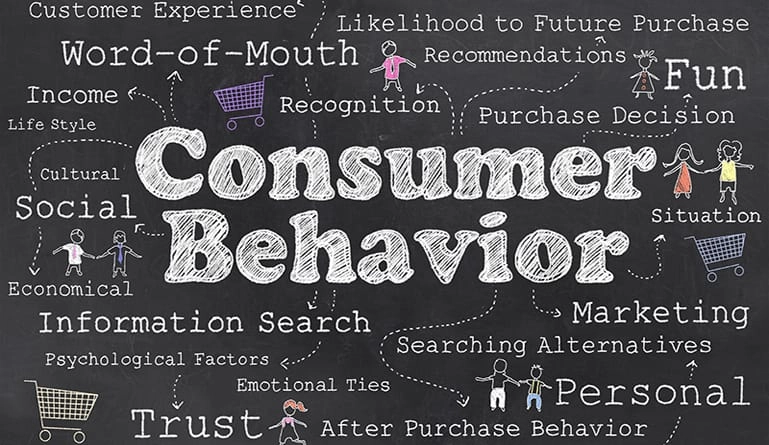The digital economy is no longer just a component of the global market—it is the market. In 2025, the most exciting opportunities in tech investment lie not in isolated products or standalone innovations, but in the interconnected digital ecosystems reshaping how we live, work, shop, and connect.
Investors are increasingly turning their attention to startups and platforms that can build and thrive within these ecosystems, leveraging trends like platformization, data-driven experiences, and embedded services.In this piece, we explore the most prominent digital trends and how they are informing startup strategy, investor decisions, and the architecture of modern tech.
Platformization: Owning the Digital Value Chain
The digital economy rewards platforms that orchestrate ecosystems. From Shopify to Stripe, from Figma to Notion, the winners aren’t just tools—they’re platforms that enable networks of users, partners, and developers to build value on top of them.
Emerging startups are embracing:
API-first business models
Marketplace integrations
Modular service architectures
VCs are on the lookout for companies building multi-sided platforms that can scale horizontally across sectors or deeply within a niche (like edtech, healthtech, or fintech). The key is not just solving a problem—but becoming infrastructure for others to solve problems too.
Why it matters: Platforms enjoy network effects, better retention, and revenue multiplicity—making them prime targets for both acquisition and long-term growth.
The Rise of “Everything-as-a-Service” (XaaS)
Subscription models have dominated software for years, but now the XaaS wave is expanding to physical goods, professional services, and even AI infrastructure. Businesses are embedding services into digital workflows, reducing friction and increasing lifetime value.
Examples include:
Logistics-as-a-service for e-commerce brands
AI-as-a-service for SMEs lacking in-house ML expertise
Embedded finance and insurance via APIs
This shift is creating a new breed of startups that operate as silent engines behind well-known consumer and enterprise brands.Why it matters: XaaS models unlock recurring revenue, simplify scalability, and allow startups to focus on core innovation while outsourcing complexity.
AI-Native Ecosystems: Beyond Hype, Toward Utility
AI isn’t just a trend—it’s the connective tissue of modern digital ecosystems. In 2025, the move is toward AI-native platforms that are built around models and data from the ground up, not retrofitted into legacy apps.
These systems are:
Continuously learning from user interaction
Offering personalized, predictive, and autonomous experiences
Enabling users to co-create and co-pilot workflows
The key investment focus is shifting from general-purpose LLMs to verticalized AI—custom models tailored for specific industries, use cases, or datasets (e.g., legaltech, supply chain optimization, medical diagnosis).
Why it matters: AI-native startups are creating entirely new categories of products that didn’t exist five years ago—and investors want in early.
Superapps & Digital Convergence
Inspired by WeChat and Grab, superapps are rising outside of Asia too. Startups and large tech players alike are building ecosystems that consolidate messaging, payments, social interaction, content, and commerce into a single user experience.
While consumer-facing superapps are booming in LATAM, India, and Africa, in Western markets we’re seeing:
B2B superapps offering workplace tools, communication, and analytics in one UI
Fintech superapps blending banking, investing, and credit into single stacks
Healthtech ecosystems combining telehealth, records, and wellness tracking
Investors are looking for startups that can “own the customer relationship” by offering layered services within an engaging digital shell.
Why it matters: Owning the interface means owning the data, the revenue stream, and the cross-sell opportunities.
Data Ecosystems: From Siloed Insights to Shared Intelligence
The next digital gold rush is not just about collecting data—it’s about creating ecosystems where data can be pooled, enriched, and activated across entities. Privacy-first data collaboration is becoming a must-have in industries like healthcare, finance, and logistics.
Startup activity is booming around:
Data clean rooms and privacy-safe collaboration
Synthetic data generation for AI training
Interoperable data formats and data mesh architectures
Investors are especially keen on startups enabling secure data sharing without compromising compliance, unlocking new revenue and innovation opportunities for enterprises.
Why it matters: Data liquidity increases the value of digital ecosystems exponentially—especially in AI, personalization, and B2B platforms.
Embedded Everything: Services Where Users Already Are
One of the most powerful trends is embedded technology—bringing value to users directly inside existing workflows. Whether it’s payments in e-commerce checkouts, lending inside accounting tools, or health plans inside HR platforms, embedded services are becoming ubiquitous.
Popular embedded areas:
Embedded fintech (payments, loans, cards)
Embedded insurtech
Embedded healthcare (e.g., telehealth in fitness apps)
Startups that make it easy for non-tech companies to offer high-value digital services (via APIs and SDKs) are getting significant venture attention.
Why it matters: Embedded ecosystems remove friction, boost conversion, and increase platform stickiness—unlocking compounding growth.
Creator Ecosystems: Monetization and Ownership
The creator economy has matured, but the next frontier is about creator-owned ecosystems. Think decentralized platforms, direct fan monetization, and tools that let creators build businesses—not just content.
Trends reshaping the space:
Micro-communities over mass audiences
No-code tools for branded apps, NFTs, and merch
AI-enhanced content creation and automation
Startups enabling creators to become platform-independent—while still integrating with YouTube, Twitch, TikTok—are getting strong traction from both VCs and creator funds.
Why it matters: The creator ecosystem is driving culture, commerce, and new forms of community—and the tools that support it will define the next era of digital entrepreneurship.
Digital Trust & Identity Ecosystems
As users grow more wary of data misuse, startups that provide trust infrastructure are becoming essential. Identity verification, consent management, zero-knowledge proofs, and privacy layers are hot areas of innovation.
VCs are funding:
Decentralized ID systems (DID)
Biometric verification with privacy built-in
Consent and data lineage tracking platforms
Digital identity is also a gateway to financial inclusion, seamless onboarding, and secure transactions—making it a vital part of both consumer and enterprise ecosystems.
Why it matters: Trust is currency in the digital age—and the platforms that earn it will win the market.
Conclusion: The Power of Ecosystem Thinking
The most valuable startups of the next decade won’t operate in isolation. They’ll thrive within digital ecosystems—or better yet, they’ll create their own. Investors are no longer just looking for MVPs and feature sets. They’re looking for network potential, composability, and ecosystem alignment.
For founders, that means thinking beyond product-market fit and toward ecosystem fit. Where does your company plug in? Who are your users also interacting with? How do you enable others to build on top of what you’ve built?













Leave a Reply